Description
hardware flow control. It is an ideal choice in the field of industrial automation.
Domestic Industrial Robot Industry Trends in 2020 my country’s market still contains huge power
In 2016, the density of industrial robots in my country was 68 units per 10,000 people. In 2018, the density of industrial robots was 140 units per 10,000 people, which is
higher than the global average of 99 units. According to the “Robot Industry Development Plan (2016-2020)”, the density target of domestic industrial robots in 2020 will
reach 150 units/ten thousand people, and market demand will be further released. In addition, in
he long run, the density of industrial robots in my country is far smaller than that of several developed countries with higher levels of automation, and the domestic market
demand still contains huge development potential in the future.
Strong market demand has driven China to become one of the main sources of income for the four major families of Germany”s KUKA, Switzerland”s ABB, Japan”s
FANUC and Yaskawa. As the world”s largest industrial robot market, China has attracted the collective attention of the four major families, and its business in China has also
become an important engine for the growth of the four major families” business income.
1. The four major families account for 40% of the global market and nearly half of the market in China.
Globally, the first echelons in the field of industrial robots are KUKA of Germany, ABB of Switzerland, FANUC of Japan and Yaskawa.
The revenue of the four major family robot businesses continues to grow, accounting for nearly 40% of the global market share. From 2006 to the present, except for 2009,
when the four major families suffered a sharp decline in revenue due to the aftermath of the financial crisis, the remaining years have seen steady growth. From 2010 to 2017,
the CAGR of the robot business revenue of Yaskawa, ABB, KUKA, and FANUC was 6.58%, 11.05%, 12.96%, and 10.74% respectively, which is basically consistent with the growth
of the global industrial robot market. The robot business of the four major families has always occupied the main global robot market. In recent years, affected by
the rise of manufacturers in the robot segment and the rapid development of Chinese robot manufacturers, the market share has gradually declined, but it still remains above 40%.
In 2016, the four major families” global robot business The revenue proportion is 41.19%.
The four major families account for more than half of the domestic market
The four major families have different business focuses. KUKA”s business mainly focuses on robots and system integration, which are widely used in the automotive field
and have core customers such as Mercedes-Benz and BMW. ABB focuses on electric motors and motion control, which are used in the electronics, electrical and logistics
industries, and are also widely used in highly
mature automobile production lines. FANUC CNC system technology leads the world, and its process control is more efficient and convenient than other companies.
Yaskawa mainly focuses on the fields of servo motors and motion controllers, and is the first company in Japan to manufacture servo motors.
In 2012, foreign robot companies represented by the four major families of ABB, KUKA, Yaskawa Electric, and Fanuc accounted for more than 90% of the Chinese robot
market. Among the 90% of the robot market share, the four major families of ABB, Fanuc, Yaskawa Electromechanical, and KUKA account for 57.5%. The next three major
manufacturers, OTC, Panasonic and Kawasaki Heavy Industries, accounted for 16%. The market share of domestic robot manufacturers is relatively small. According to
statistics from Huachuang Securities, the market share of local brand robots in 2012 was only 8%.
According to IF R statistics, the total installed capacity of China”s local robots in the domestic market increased from 22% in 2017 to 27% in 2018;
while the installed capacity of foreign brands (including products produced in China by non-Chinese suppliers) declined 7%. At present, my country”s
industrial robot market is still dominated by foreign brands. The domestic market share
of the four major families has not changed much compared with 2012. In 2017, the domestic market share of the four major families reached 57%. In 2017,
the market share of the four major families in China was Fanuc (18%), KUKA (14%), ABB (13%), and Yaskawa (12%). However, as the proportion of domestic
manufacturers in the domestic market increases year by year, accounting for around 30%, although there is still a gap compared with the four major families,
the progress of domestic manufacturers
cannot be underestimated. As the four major families gradually strengthen their presence in the Chinese market, their market share in the domestic industrial
robot market will remain at a high level.
As the world”s largest industrial robot market, China has attracted the collective attention of the four major families, and its business
in China has also become an important engine for the growth of the four major families” business income. Taking Fanuc as an example
, the company”s revenue in China in 2017 increased from 6.63 billion yuan in 2016 to 12.75 billion yuan in 2017, an increase of 92.3%, driving the
revenue in Asia (excluding Japan) to account for 45.4%, a year-on-year increase 9.1%, ranking first. In addition, the Chinese market accounts for 21%
and 20% of the overall sales of Yaskawa
Electric and KUKA Robot respectively, making it one of the important sources of their sales revenue.
https://www.xmamazon.com
https://www.xmamazon.com
https://www.plcdcs.com/
www.module-plc.com/
https://www.ymgk.com
140HLI34000 digital output module
140EHC20200 SCHNEIDER high speed counter module
140NOM21100 SCHNEIDER Temperature input module
140NOE77111 SCHNEIDER DCS spare parts
140MSB10100 SCHNEIDER DCS spare parts
140NOE77101 Digital output module
140EHC20200 SCHNEIDER power controller
140HLI34000 SCHNEIDER digital output module
140EHC10500 SCHNEIDER Communication module
140DRC83000 SCHNEIDER analog module
140DRA84000 SCHNEIDER Relay module
140DDO88500 Schneider DCS card
140CRA31200 SCHNEIDER I/O module
140CPU65260 SCHNEIDER Driver module
140CPU65150 Indicates the output module
140CPU43412A SCHNEIDER Control system module
140CPU43412 SCHNEIDER Frequency converter module
140CPU31110 SCHNEIDER CPU module
140CPU11302 SCHNEIDER Servo servo module
140CPS12420 Schneider Distributed control
140CPS12400R Schneider Simulation module
140CPS11420 Processor module
140CPS11410 SCHNEIDER Controller module
140CPS11400 SCHNEIDER Analog quantity expansion module
140CHS11000 SCHNEIDER Digital output module
140ACO13000 SCHNEIDER Analog output module
140ACO02000 SCHNEIDER Analog output module
140ACI03000 SCHNEIDER Digital output module
SR469-P5-HI-A20-H GE SR469 Motor management relay
140CPU67160 SCHNEIDER Control module spare parts
140XCP51000 Schneider Channel digital output
140XBP01600 Schneider Digital quantity module
140ACO13000 Schneider Adapter module
140AVI03000 Schneider Channel digital input
SCHNEIDER 140DDI84100 channel analog input
140DDO84300 Schneider Input output module
ILB-BT-ADIO-221616 PHOENIX Wireless IO module
140CPS12420 SCHNEIDER Main communication module
140CRA93200 Schneider Driver module
140CPU67160 SCHNEIDER Analog input output
IC694MDL753 GE High density discrete output module
NI-9263 NI C series voltage output module
140DDO88500 channel digital output
140DRC83000 Spare parts of the control module
140DDO84300 analog input card
140DDI85300 SCHNEIDER Digital quantity module
140DDI84100 SCHNEIDER Channel digital input
140DDI35310 SCHNEIDER Channel analog input
140DDI35300 SCHNEIDER driver module
140DDI35300 SCHNEIDER PLC- Supply module
140DAO84210 SCHNEIDER Input output module
140DAI55300 SCHNEIDER analog input/output module
140DAO84000 Main communication module
140DAI54000 SCHNEIDER Main board
140CRP81100 SCHNEIDER Driver module
140CRA93100 SCHNEIDER Analog input output
140CRA21210 SCHNEIDER Programmable control system
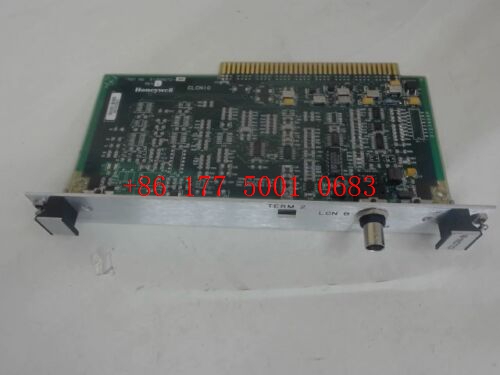
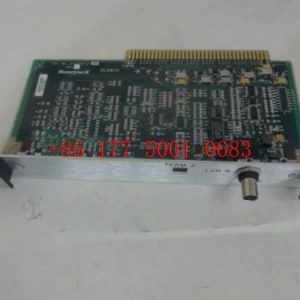
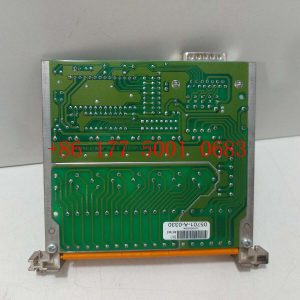
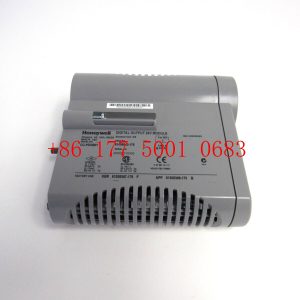
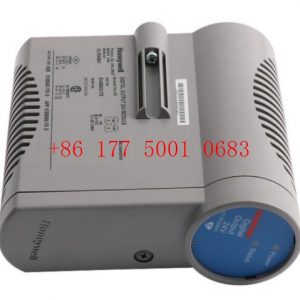
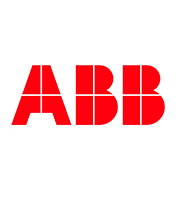



Reviews
There are no reviews yet.